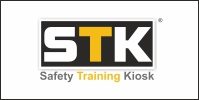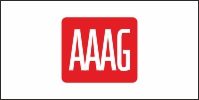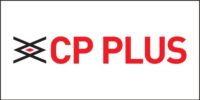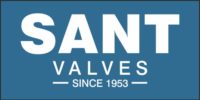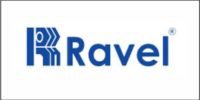 In process industries such as chemical manufacturing, pharmaceuticals, and oil refineries, the handling of hazardous substances is both complex and high-stakes. With the potential for accidental chemical releases—events that may lead to severe environmental, health, and safety impacts—companies face the challenge of ensuring the integrity and security of their operations.
In process industries such as chemical manufacturing, pharmaceuticals, and oil refineries, the handling of hazardous substances is both complex and high-stakes. With the potential for accidental chemical releases—events that may lead to severe environmental, health, and safety impacts—companies face the challenge of ensuring the integrity and security of their operations.
Understanding the Risks
Accidental releases can result from multiple factors: equipment malfunction, operator error, procedural deviations, or unforeseen external events. A single incident may cause widespread harm, impacting nearby communities and ecosystems, damaging a company’s reputation, and leading to costly regulatory fines or shutdowns. Key factors include:
Complex and Hazardous Substances: Many facilities work with materials that are toxic, flammable, or corrosive, increasing the potential for damaging releases.
Operations under Pressure: Processes operating under high temperatures or pressures increase the risks associated with equipment failure or leakages.
Location Sensitivity: Facilities near densely populated or environmentally sensitive areas face heightened scrutiny and require even more stringent controls.
Prevention Measures
- Risk Assessment and Hazard Identification: Comprehensive risk assessments identify high-risk areas and scenarios within the facility. For B2B industries, this entails leveraging methods like HAZOP (Hazard and Operability Study) or LOPA (Layers of Protection Analysis) to quantify the likelihood and potential consequences of releases. Such assessments enable the development of tailored preventive strategies.
- Process Design and Engineering Controls: Engineering solutions can dramatically reduce the risk of accidental releases. This includes:
Material Selection: Choosing less toxic and reactive materials where possible.
Redundant Safety Systems: Employing safety systems such as pressure relief valves, rupture disks, and emergency shutdown systems to quickly contain or halt processes in case of abnormal conditions.
Secondary Containment: Designing facilities with containment structures (e.g., bund walls, sealed floors) that can hold leaks or spills, preventing the spread of chemicals to the environment.
- Operational Training and Procedural Compliance: Human error accounts for a significant portion of industrial incidents. A strong emphasis on operational training, with a focus on standardized procedures, and routine safety drills help ensure that personnel are well-prepared to handle both normal and emergency situations.
Mitigation Strategies
In scenarios where prevention fails, robust mitigation measures must be in place to minimize the impact:
- Emergency Response Planning: A detailed, frequently rehearsed emergency response plan is critical. This plan must outline steps for:
Immediate Evacuations: Clear, practiced evacuation protocols protect personnel from exposure.
Containment Procedures: Quick deployment of spill response teams and containment equipment can limit the spread of released substances.
Stakeholder Communication: Effective communication channels ensure that both internal stakeholders and the public are informed, reducing panic and enabling coordinated responses.
- Automated Detection and Monitoring: Technologies such as gas detectors, thermal cameras, and pressure sensors are instrumental in identifying abnormal conditions. These systems can trigger alarms or automated shutdowns, ensuring that any incident is managed as quickly as possible.
- Isolation and Containment Systems: Physical barriers, automated valve shutoffs, and other isolation mechanisms help contain hazardous substances. These barriers not only safeguard personnel and equipment but also limit the potential for environmental contamination.
Continuous Improvement
Process industries must embrace a culture of continuous improvement to adapt to evolving risks and regulatory standards.
- Incident Investigation: Following an accidental release, root cause analysis should be conducted to pinpoint deficiencies and implement corrective actions. Insights from investigations can be shared across similar facilities within a corporation or with B2B partners to enhance industry-wide safety standards.
- Routine Audits and Inspections: Regular inspections and audits are proactive tools for identifying potential issues in equipment, procedures, or safety protocols. Advanced analytics, real-time monitoring, and predictive maintenance strategies are increasingly used to detect anomalies before they evolve into incidents.
 In conclusion, managing the risks of accidental chemical releases requires a balanced combination of preventive, mitigative, and continuous improvement strategies. For B2B process facilities, investing in these areas is essential to maintain safe operations, protect surrounding communities, and meet stringent regulatory standards. By leveraging advanced engineering, automation, and a commitment to operational excellence, companies can substantially reduce the likelihood and impact of accidental chemical releases.
In conclusion, managing the risks of accidental chemical releases requires a balanced combination of preventive, mitigative, and continuous improvement strategies. For B2B process facilities, investing in these areas is essential to maintain safe operations, protect surrounding communities, and meet stringent regulatory standards. By leveraging advanced engineering, automation, and a commitment to operational excellence, companies can substantially reduce the likelihood and impact of accidental chemical releases.




































